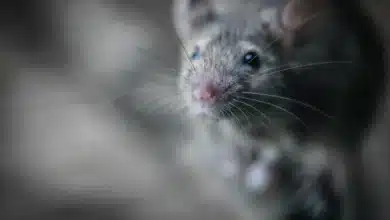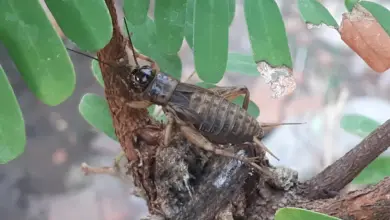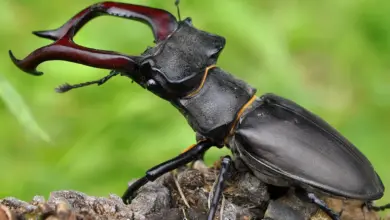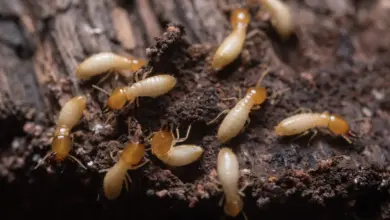Velvet ants, also known as “cow killer ants,” are wingless female wasps that have a painful sting. Their striking appearance, featuring a black body covered with bright reddish-orange hair, may provoke curiosity, but it’s essential to exercise caution to avoid their painful sting. Although the sting is not usually dangerous for most people, it can cause significant pain and discomfort.
[ez-toc]
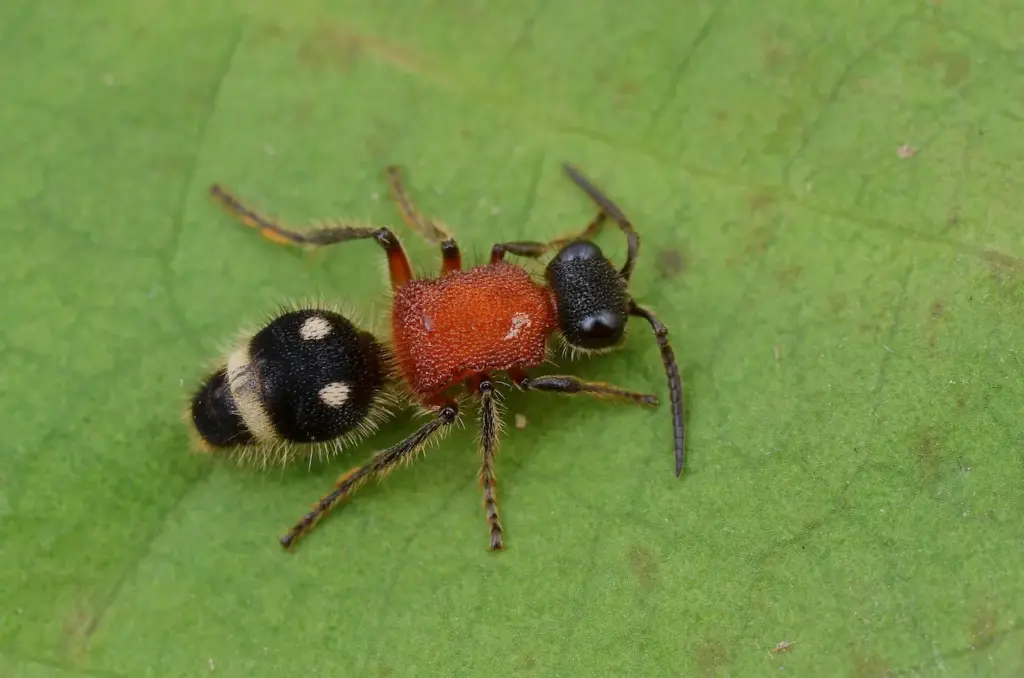
If you happen to be stung by a velvet ant, there are a few steps you can take to reduce pain and inflammation. You should clean the affected area with soap and water before applying ice or a cold pack. Next, take over-the-counter pain relievers and/or antihistamines to minimize pain and itching. Additionally, keep the affected area elevated to reduce swelling.
Remain cautious when outdoors and take preventive measures to avoid contact with these insects. Wear covered clothing and avoid provoking them by steering clear of their habitats. Remember, while you’re unlikely to experience any serious harm from a velvet ant sting, it’s best to avoid the pain altogether when possible.
Understanding Velvet Ants
Appearance and Size
Velvet ants are unique insects known for their bright colours and furry appearance. Adult female velvet ants can grow up to 3/4 inch long, while males are typically smaller.
Some key features of velvet ants include:
- Bright reddish-orange hair on head, thorax, and abdomen
- Wingless females that resemble worker ants
- Black body covered with coarse hair
Species of Wasp and Family Mutillidae
Despite their name, velvet ants are a species of wasp, belonging to the Family Mutillidae. The most common species is Dasymutilla occidentalis, also known as the eastern velvet ant.
Male and Female Velvet Ants
Males and females differ in several ways. Males have wings, while females are wingless and resemble ants, earning them their common name. Males are often seen feeding, whereas females are mostly noticed scurrying along the ground.
Solitary Life and Colonies
Velvet ants lead solitary lives, unlike other ant species that live in colonies. This means the likelihood of encountering multiple velvet ants at once is quite low.
Nesting and Larvae
Velvet ants are parasitic wasps that lay their eggs in the nests of other insects, such as bees and wasps. The larvae then feed on the host’s larvae, ensuring their survival and growth.
Comparison table:
| Feature | Ants | Velvet Ants |
|---|---|---|
| Classification | Insects (Order: Hymenoptera, Family: Formicidae) | Wasps (Order: Hymenoptera, Family: Mutillidae) |
| Lifestyle | Colony-dwelling | Solitary |
| Reproduction | Queen and worker ants | Parasitic on other insects’ nests |
Overall, understanding velvet ants’ characteristics can help one identify these insects and ensure proper precautions are taken to avoid any painful stings.
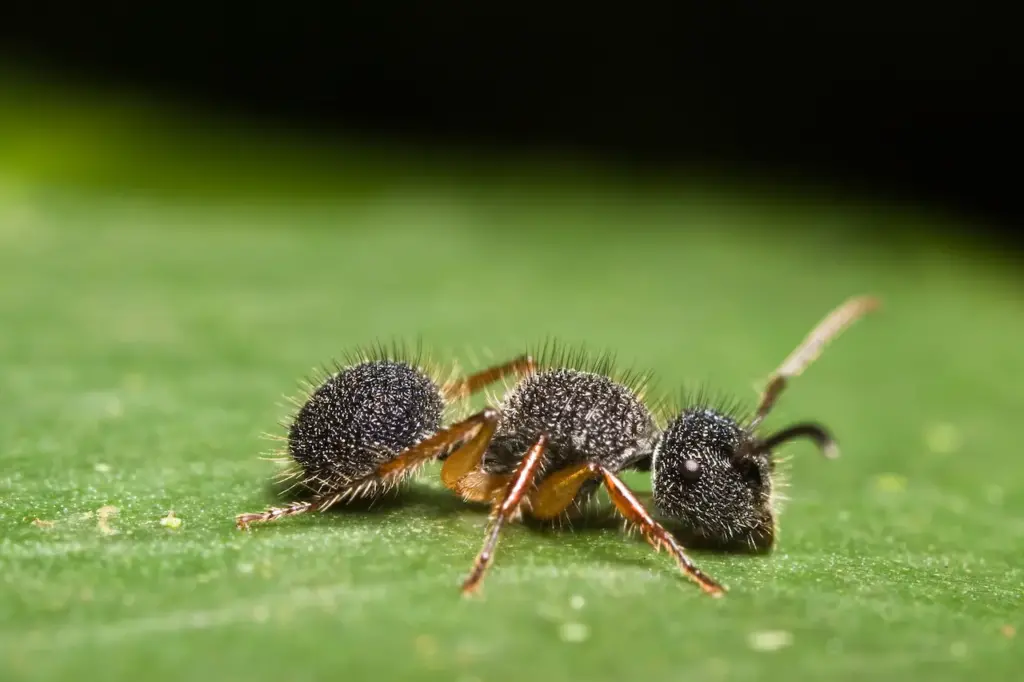
The Sting of a Velvet Ant
Pain Index and Its Comparisons
The sting of a velvet ant can be quite painful. It is ranked as a 3 out of 4 on the Schmidt Pain Scale. To provide perspective, consider a table to compare various insects’ stings:
| Insect | Pain Level |
|---|---|
| Honeybee | 2 |
| Velvet Ant | 3 |
| Bullet Ant | 4 |
These stings are not pleasant, but they are rarely dangerous unless severe reactions occur.
Venom
Velvet ants are not venomous in the traditional sense, but their stings can still cause discomfort for those on the receiving end. Many people experience pain or swelling at the sting location, but severe reactions are rare.
Allergic Reactions
While allergic reactions to velvet ant stings are uncommon, they can still occur. Some symptoms include:
- Hives
- Difficulty breathing
- Swelling of the face, lips, tongue, or throat
In case of an allergic reaction, seek medical attention immediately.
Anaphylactic Shock
Anaphylactic shock is a severe, life-threatening allergic reaction that can result in:
- Loss of consciousness
- Cardiac arrest
- Death
It is essential to recognize the symptoms and act promptly. If you suspect anaphylactic shock, call emergency services and seek immediate medical attention. Allergy testing and carrying emergency medication (such as an epinephrine auto-injector) can help prevent or manage the risk of anaphylactic shock.
Symptoms and Treatment
Immediate Symptoms
Upon being stung by a velvet ant, some common symptoms include:
- Swelling at the sting site
- Redness around the area
- Itching or itchiness
These initial symptoms are similar to those of other insect bites, including a fire ant bite. In some cases, more severe reactions like nausea, vomiting, and abdominal pain may occur.
Home Remedies
If you’re stung by a velvet ant, there are a few home remedies to alleviate discomfort:
- Quickly clean the sting site with soap and water
- Apply a cold pack or ice wrapped in a cloth for 15-20 minutes to reduce swelling and pain
- Use over-the-counter antihistamines or hydrocortisone cream to relieve itchiness
- Avoid scratching the area, as it can lead to further irritation or infection
Medical Treatment
In case of a more severe reaction, such as hives, blisters, or difficulty breathing, it’s essential to seek medical treatment immediately. Healthcare professionals may administer treatments like:
- Prescription-strength creams or oral medications, for relieving itchiness and inflammation
- Steroids in severe cases, suppress the immune system’s response
Comparing a velvet ant sting with a fire ant sting:
| Aspect | Velvet Ant Sting | Fire Ant Sting |
|---|---|---|
| Swelling | Yes | Yes |
| Redness | Yes | Yes |
| Itching | Yes | Yes |
| Pustule | Less likely | More likely |
| Local Reaction | Moderate | Can be severe |
| Blisters | Less likely | More likely |
Remember, it’s crucial to act fast and follow the appropriate steps in case of a velvet ant sting to avoid complications.
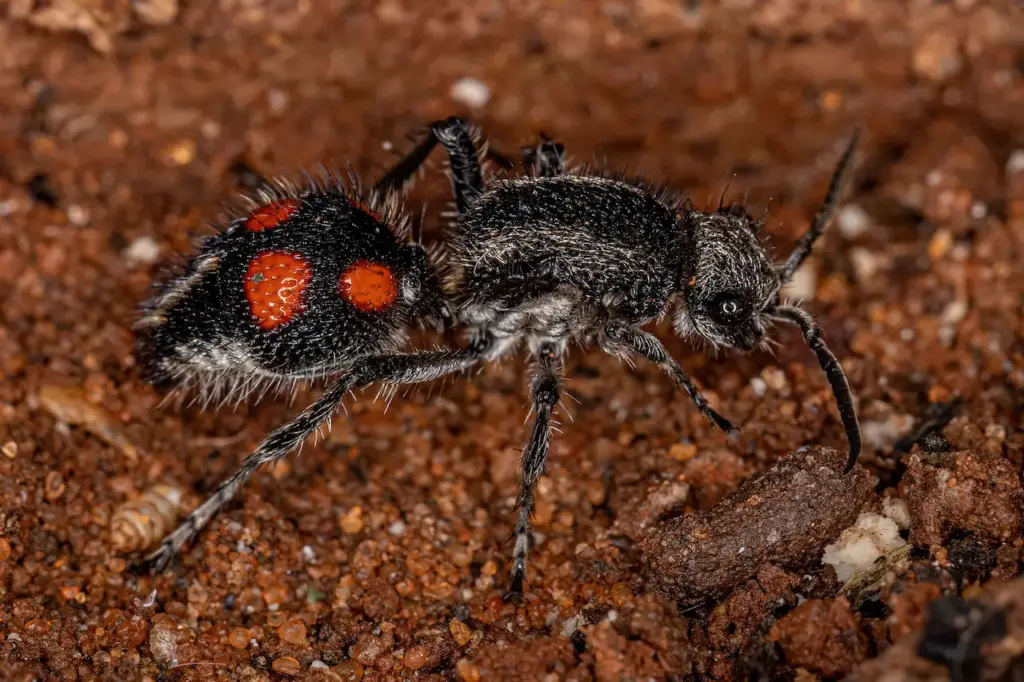
Comparisons and Prevention
Stings by Other Insects
Although velvet ants, also known as cow killer ants, have painful stings, they are not as harmful as some other insects. Here is a comparison of a few stinging insects:
| Insect | Pain Level | Toxicity |
|---|---|---|
| Velvet Ant | High | Low |
| Bee | Moderate | Low |
| Wasp | Moderate | Low |
| Fire Ant | Moderate | Low |
| Mosquito | Low | Varies |
- Bee stings: Often leave stinger behind, causing more pain when removed.
- Wasp stings: Can sting multiple times but less painful than velvet ants.
- Fire ants: Inject venom containing formic acid, causing itching and pain.
- Mosquito bites: Can transmit diseases but generally not painful.
Measures to Avoid Velvet Ant Stings
To prevent red velvet ant stings, follow these tips:
- Stay alert when walking in open areas, as they are usually found on the ground.
- Cover your skin with clothing to minimize exposed areas.
- Avoid getting close to flowering plants, where many stinging insects are attracted.
- Practice good sanitation and eliminate other pests, such as spiders and roaches, which can attract velvet ants.
- If you see a velvet ant, do not try to capture or handle it. Observe from a safe distance.
Remember, velvet ants are not aggressive, and stings are uncommon. By following these simple precautions, you can minimize your chances of being stung.
